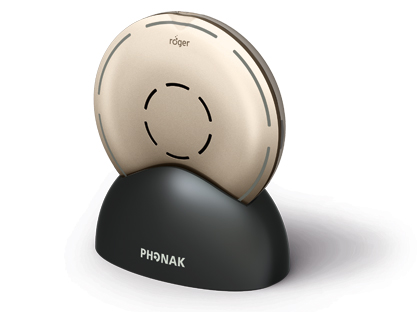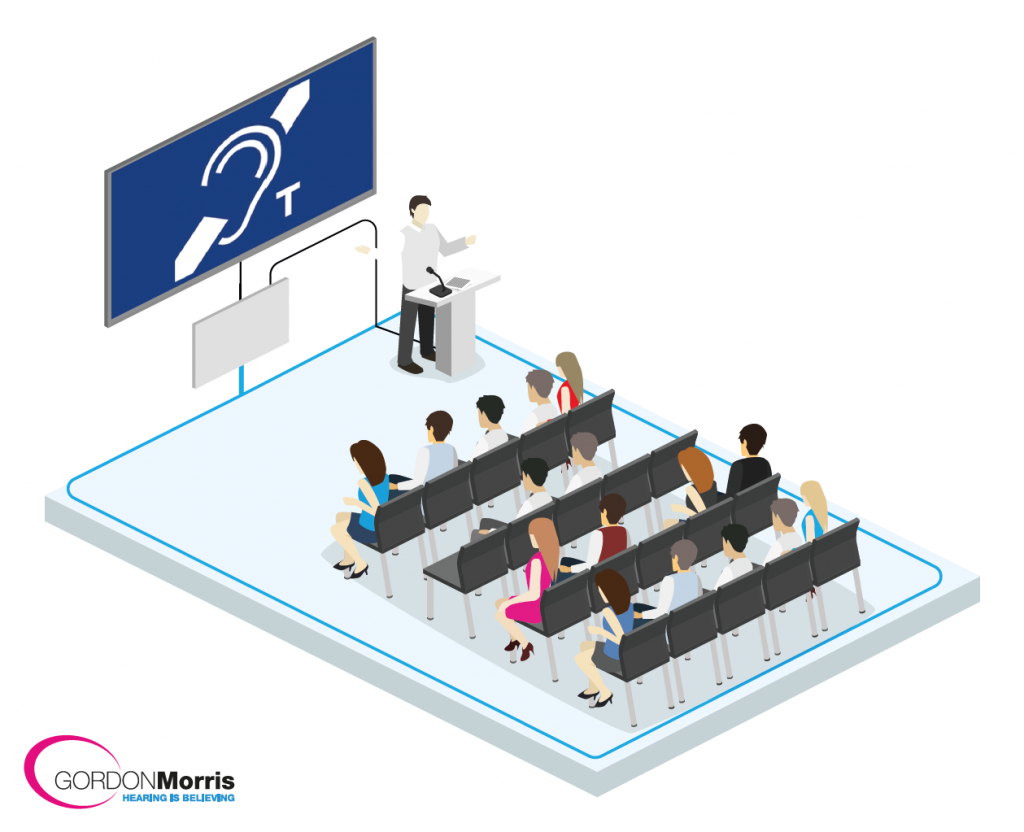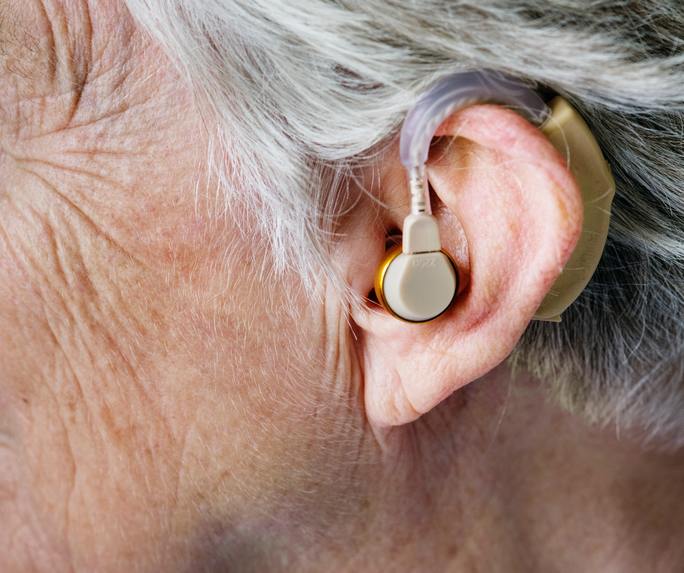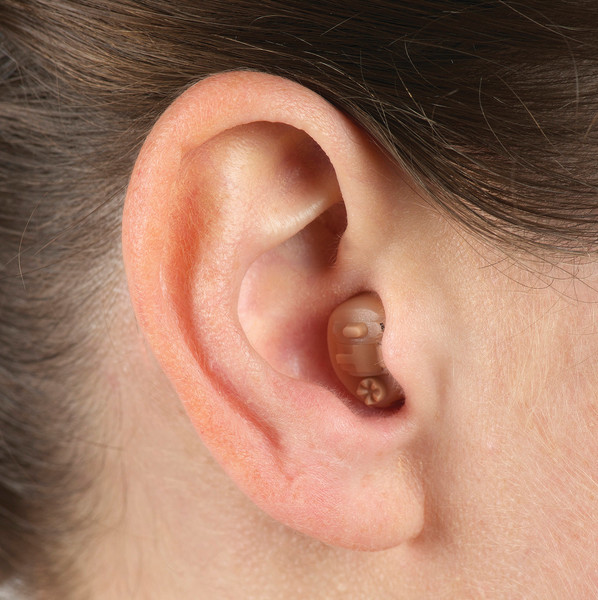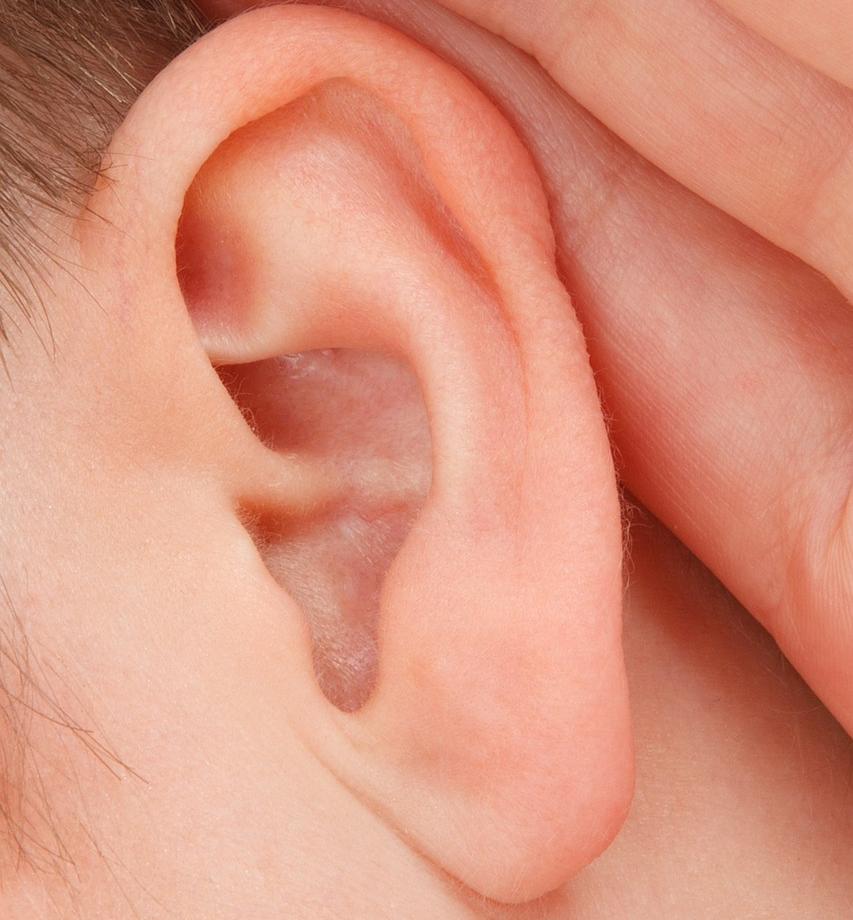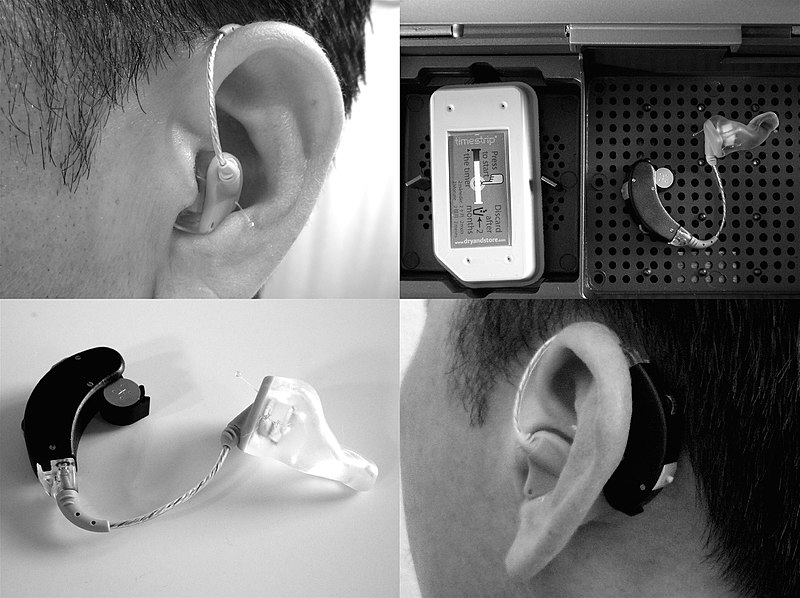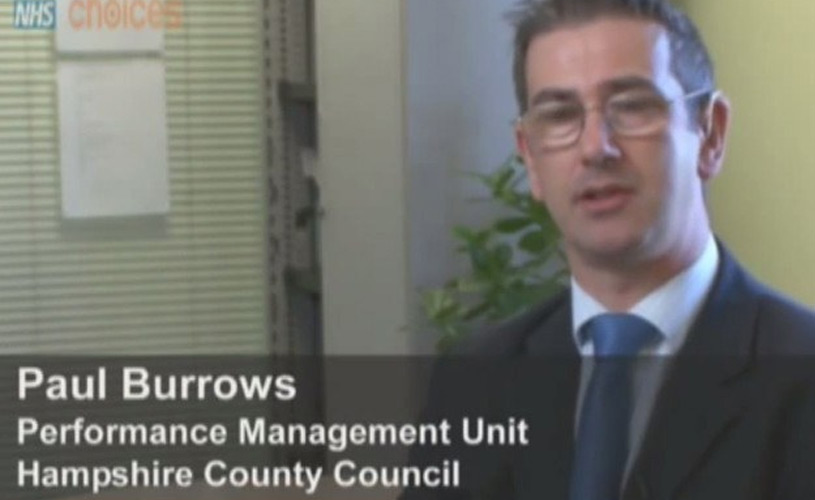My story, Charlotte Weir: How the Roger Pen changed my life
Undergraduate student, Charlotte, is studying History at the University of Chester.
Diagnosed with a hearing loss in her childhood, Charlotte details her hearing journey and the amazing difference assistive listening equipment has made to her quality of life.

Understanding my Hearing Loss
“When I was 10 years old, I was told I had a moderate to severe hearing loss in my right ear. I found that the ‘box standard’ hearing aids were making no difference for me. In fact, it took a while for Audiologists to realise I had a conductive hearing loss.”
Conductive hearing loss occurs when there is a blockage of some kind in the outer or middle ear that prevents sound from properly passing through to the inner ear.
A conductive hearing loss may be caused by:
- chronic infection
- accumulation of ear wax within the ear canal
- a growth in the middle ear
- an abnormal bone growth near the middle ear.
Those who suffer from conductive hearing loss struggle with soft sounds at all pitches, both low and high. Depending on the nature of the hearing loss, this can be successfully corrected with hearing aids. Other types of conductive hearing loss can be treated surgically.
“After my diagnosis, I was given the opportunity to wear a Bone Anchored Hearing Aid (BAHA). I trialed this on a metal headband for roughly twelve months. My hearing was greatly improved with the BAHA but the headband hurt a lot! I was finally ready to get the more long-term solution which would involve an abutment implanted into my skull so I could attach my Oticon BAHA to it. It was a straight-forward procedure.
Trying New Technology
“I remember leaving the hospital after I had recovered from the surgery and I whispered to my mum “What’s that noise?” and then I realised, for the first time I was hearing the rain pour from the sky and bounce off the ground. I wasn’t just feeling the crunch of Autumn leaves from beneath my feet, I was also hearing it.
“As I moved into secondary education, I used a Phonak hearing loop in my classes for the first time. And, for the first time, I was able to hear my teacher loud and clear. This was around ten years ago. Since then, technology has rapidly developed and by the time I reached college, I was using a radio aid. This gave me the ability to hear my teacher even clearer and had developed further in range of distance.
Introducing the Roger Pen
“What really changed my life was the Roger Pen, which I received at university. Typically, the Roger Pen would either be clipped to my lecturer’s shirt or worn on a lanyard. But then I found out what ‘Roger’ could really do. I’m able to place it in the centre of the table and it automatically picks up each person’s voice. I no longer fear sitting at big, round tables!
With the Roger Pen, I can turn off background noise so it only focuses on the speaker’s voice, or I can turn that off and get a feel for both the speaker and background noise. The Roger Pen is a Bluetooth device which also means I can listen to music through my hearing aids.

“Using my assistive listening devices, I slowly started to feel like I was an integral part of society. I was able to interact, connect and get involved in activities with my peers. My quality of life has been greatly improved, largely due to the Roger Pen. The sound is impeccable and is received from an impressive distance around me.
Simply, the Roger Pen changed my life.
For more information about the Roger Pen, please click here.
For more information about accessing hearing support, as a student via DSA, please click here.


